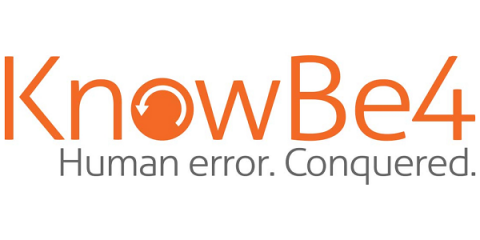Security | Threat Detection | Cyberattacks | DevSecOps | Compliance
opsdemon
Latest posts
U.K. Residents are Victims of the Latest Phishing Scam Targeting Starbuck Customer Credentials
Analysis of a new phishing attack highlight just how easy it can be to spot these kinds of attacks if recipients were properly educated. Action Fraud, the U.K.’s national fraud & cyber reporting center, recently warned U.K. residents of a scam impersonating Starbucks.
Building Powerful CrowdStrike Automations: Insights from Fal.Con 2024
This sentiment expressed by Fiverr’s VP of Business Technologies perfectly reflected the energy at the Fal.Con 2024 Torq booth and struck a chord with security teams using CrowdStrike’s powerful tools. Detection isn’t the problem — CrowdStrike excels at that. The challenge lies in automating what happens next.
Understanding the Zero Trust Framework
In the past, an organization’s digital data was safe behind passwords, firewalls, and physical locked doors. Today, cloud computing and remote work have rendered these traditional approaches much less effective. Threat actors can launch attacks from almost any device, almost anywhere. Usernames and passwords are widely available on the dark web. To keep sensitive data safe, organizations must understand that any account — even one with the proper credentials — could be compromised.
How Zenity Unifies Security, Platform, and Citizen Developer Teams to Enable AI Agents
AI Agents are revolutionizing enterprise efficiency, automating decisions, and enhancing capabilities. But while these agents drive operational improvements, they also introduce unique security challenges. Traditional silos often hinder effective risk management.
Scoping Telemetry for Defender Needs with Jonathan Johnson
Jonathan Johnson, Principal Product Researcher at Huntress, joined us for Defender Fridays to discuss Scoping Telemetry for Defender Needs.
Streamlining Cyber Defense with ThreatQ TDR Orchestrator
In today’s fast-paced cybersecurity environment, the ability to quickly and effectively manage threat intelligence and incident response is critical. The solution? A seamless integration of human expertise with cutting-edge automation. Standardizing how intelligence and incidents are handled by merging human processes with automated workflows is necessary.
NIS2 Compliance Advice from Luxembourg's Regulatory Authority
NIS2 is a transformative directive reshaping how organizations across Europe and the globe approach cybersecurity, supply chain management, and operational resilience. A lot has been written about compliance strategies, but what does NIS2 mean in practice? We’ve asked the Institut Luxembourgeois de Régulation (ILR), Luxembourg’s national regulatory authority responsible for overseeing the implementation and enforcement of NIS2 in the country.
Network Forensics: Tracking, Investigating and Identifying Threats
This is one definition by the Infosec Institute but to explain it in simpler terms – Network Forensics is a process where we collect and analyze organizations’ traffic data to detect any potential cyberattack or investigate any cybercrime. You can think of network forensics analysis as putting up CCTV cameras on your network so in case of any data breach you can look at recorded data and track the root cause.
Using Endpoint Detection and Response (EDR) in Mobile Defense
Endpoint detection and response (EDR) has been a standard method for securing on-premises devices for years. When combined with antivirus software, it’s proven an effective way to uncover threats before they can cause severe damage. However, the growth of smartphones and other mobile devices means more and more work is getting done outside of the office. Organizations can no longer rely on traditional EDR protections as millions more endpoints are now exposed to the threat of a cyber attack.
What is Data Leakage Protection and Why Is It Essential for Businesses?
These days, data is very important to businesses, so keeping private data safe has become very important. But what is Data Leakage Protection, and why does it matter? DLP stands for "Data Leakage Protection." It includes plans, tools, and rules that are meant to keep private data from getting into the wrong hands or being sent or lost without permission. Businesses use DLP to keep important data like customer information, financial records, and trade secrets safe from hackers and accidental leaks.











